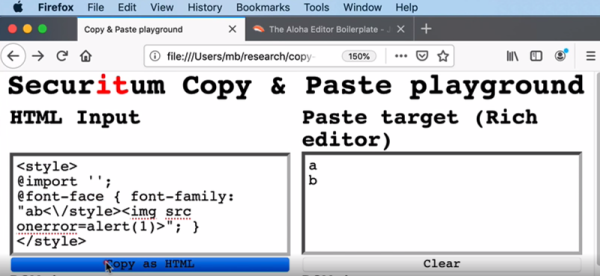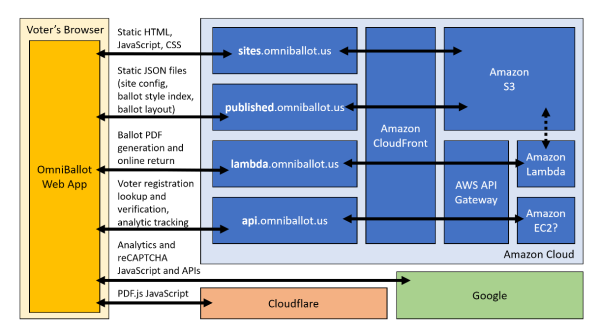In the connected age, every day it appears privacy is becoming more and more of an idealistic fantasy as opposed to a basic human right. In our latest privacy debate per [TechCrunch], apparently the FBI is taking some shots at Apple.
You may recall the unfortunate events, leading the FBI to ask Apple to unlock an iPhone belonging to a person of interest. Apple did not capitulate to the FBI’s request on the basis of their fundamental commitment to privacy. The FBI wasn’t really thrilled with Apple’s stance given the circumstances leading to the request. Nevertheless, eventually, the FBI was able to unlock the phone without Apple’s help.
You may find it somewhat interesting that the author of the news piece appears to be more upset with the FBI for cracking the phone than at Apple (and by extension other tech companies) for making phones that are crackable to begin with.
Maybe we should take solace in knowing that Apple stood their ground for the sake of honoring their privacy commitment. But as we saw, it didn’t really matter in the end as the FBI was able to hire a third party to help them unlock the phones and were later able to repeat the process in-house. The article also noted that there are other private companies capable of doing exactly what the FBI did. We understand that no encryption is 100% safe. So it begs the question, “Is anything really private anymore?” Share your thoughts in the comments below.
















